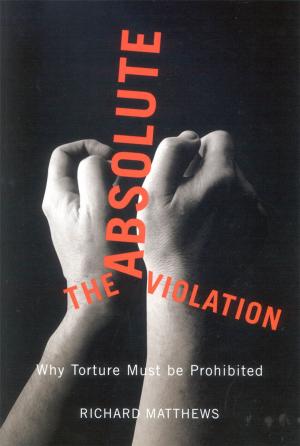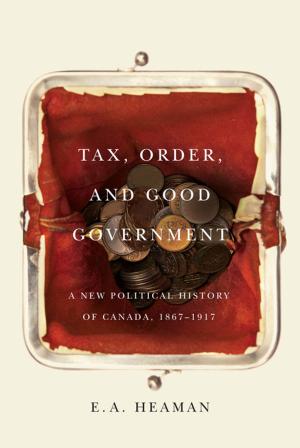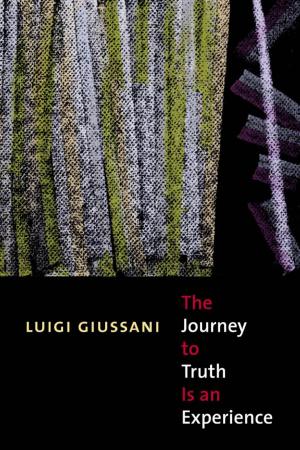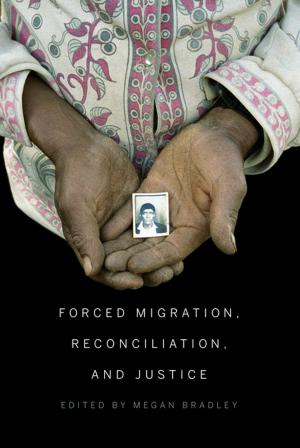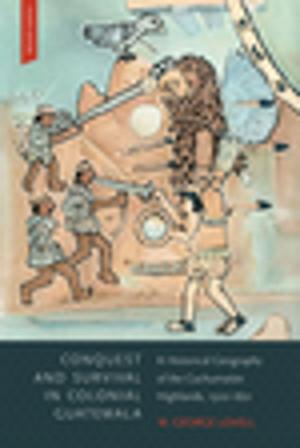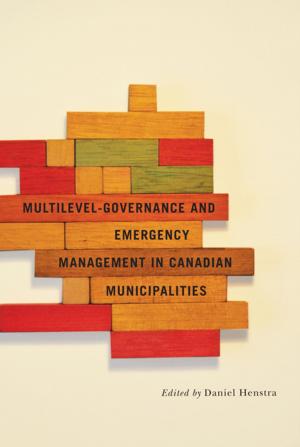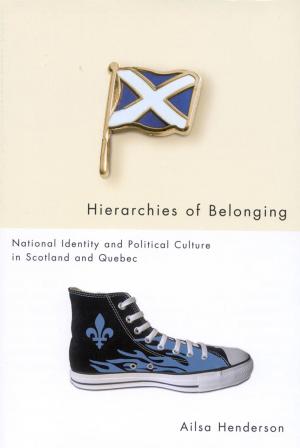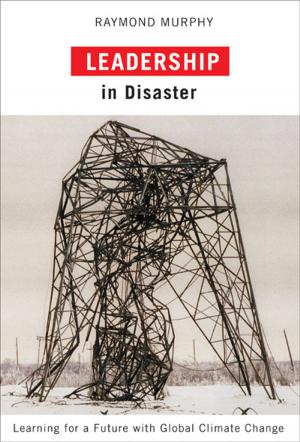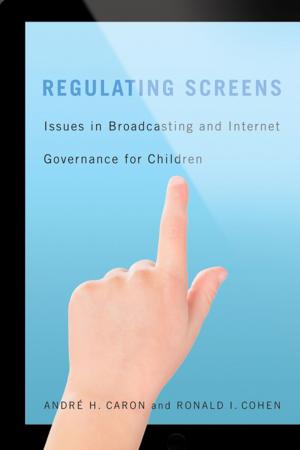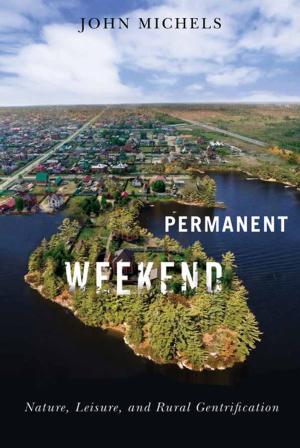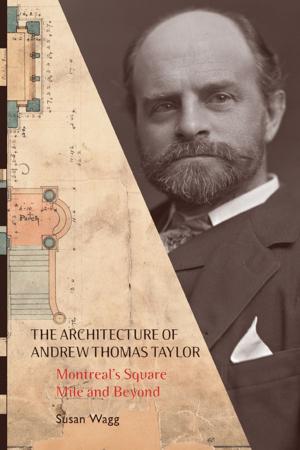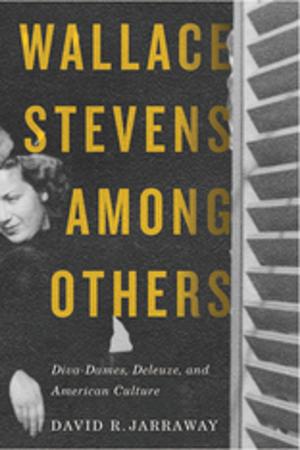Canada's Residential Schools: Missing Children and Unmarked Burials
The Final Report of the Truth and Reconciliation Commission of Canada, Volume 4
Nonfiction, Social & Cultural Studies, Social Science, Cultural Studies| Author: | Truth and Reconciliation Commission of Canada | ISBN: | 9780773598263 |
| Publisher: | MQUP | Publication: | January 1, 2016 |
| Imprint: | MQUP | Language: | English |
| Author: | Truth and Reconciliation Commission of Canada |
| ISBN: | 9780773598263 |
| Publisher: | MQUP |
| Publication: | January 1, 2016 |
| Imprint: | MQUP |
| Language: | English |
Between 1867 and 2000, the Canadian government sent over 150,000 Aboriginal children to residential schools across the country. Government officials and missionaries agreed that in order to “civilize and Christianize” Aboriginal children, it was necessary to separate them from their parents and their home communities. For children, life in these schools was lonely and alien. Discipline was harsh, and daily life was highly regimented. Aboriginal languages and cultures were denigrated and suppressed. Education and technical training too often gave way to the drudgery of doing the chores necessary to make the schools self-sustaining. Child neglect was institutionalized, and the lack of supervision created situations where students were prey to sexual and physical abusers. Legal action by the schools’ former students led to the creation of the Truth and Reconciliation Commission of Canada in 2008. The product of over six years of research, the Commission’s final report outlines the history and legacy of the schools, and charts a pathway towards reconciliation. Canada’s Residential Schools: Missing Children and Unmarked Burials is the first systematic effort to record and analyze deaths at the schools, and the presence and condition of student cemeteries, within the regulatory context in which the schools were intended to operate. As part of its work the Truth and Reconciliation Commission of Canada established a National Residential School Student Death Register. Due to gaps in the available data, the register is far from complete. Although the actual number of deaths is believed to be far higher, 3,200 residential school victims have been identified. The analysis also demonstrates that residential school death rates were significantly higher than those for the general Canadian school-aged population. The failure to establish and enforce adequate standards of care, coupled with the failure to adequately fund the schools, resulted in unnecessarily high death rates at residential schools. Senior government and church officials were well aware of the schools’ ongoing failure to provide adequate levels of custodial care. Children who died at the schools were rarely sent back to their home community. They were usually buried in school or nearby mission cemeteries. As the schools and missions closed, these cemeteries were abandoned. While in a number of instances Aboriginal communities, churches, and former staff have taken steps to rehabilitate cemeteries and commemorate the individuals buried there, most of these cemeteries are now disused and vulnerable to accidental disturbance. In the face of this abandonment, the TRC is proposing the development of a national strategy for the documentation, maintenance, commemoration, and protection of residential school cemeteries.
Between 1867 and 2000, the Canadian government sent over 150,000 Aboriginal children to residential schools across the country. Government officials and missionaries agreed that in order to “civilize and Christianize” Aboriginal children, it was necessary to separate them from their parents and their home communities. For children, life in these schools was lonely and alien. Discipline was harsh, and daily life was highly regimented. Aboriginal languages and cultures were denigrated and suppressed. Education and technical training too often gave way to the drudgery of doing the chores necessary to make the schools self-sustaining. Child neglect was institutionalized, and the lack of supervision created situations where students were prey to sexual and physical abusers. Legal action by the schools’ former students led to the creation of the Truth and Reconciliation Commission of Canada in 2008. The product of over six years of research, the Commission’s final report outlines the history and legacy of the schools, and charts a pathway towards reconciliation. Canada’s Residential Schools: Missing Children and Unmarked Burials is the first systematic effort to record and analyze deaths at the schools, and the presence and condition of student cemeteries, within the regulatory context in which the schools were intended to operate. As part of its work the Truth and Reconciliation Commission of Canada established a National Residential School Student Death Register. Due to gaps in the available data, the register is far from complete. Although the actual number of deaths is believed to be far higher, 3,200 residential school victims have been identified. The analysis also demonstrates that residential school death rates were significantly higher than those for the general Canadian school-aged population. The failure to establish and enforce adequate standards of care, coupled with the failure to adequately fund the schools, resulted in unnecessarily high death rates at residential schools. Senior government and church officials were well aware of the schools’ ongoing failure to provide adequate levels of custodial care. Children who died at the schools were rarely sent back to their home community. They were usually buried in school or nearby mission cemeteries. As the schools and missions closed, these cemeteries were abandoned. While in a number of instances Aboriginal communities, churches, and former staff have taken steps to rehabilitate cemeteries and commemorate the individuals buried there, most of these cemeteries are now disused and vulnerable to accidental disturbance. In the face of this abandonment, the TRC is proposing the development of a national strategy for the documentation, maintenance, commemoration, and protection of residential school cemeteries.

